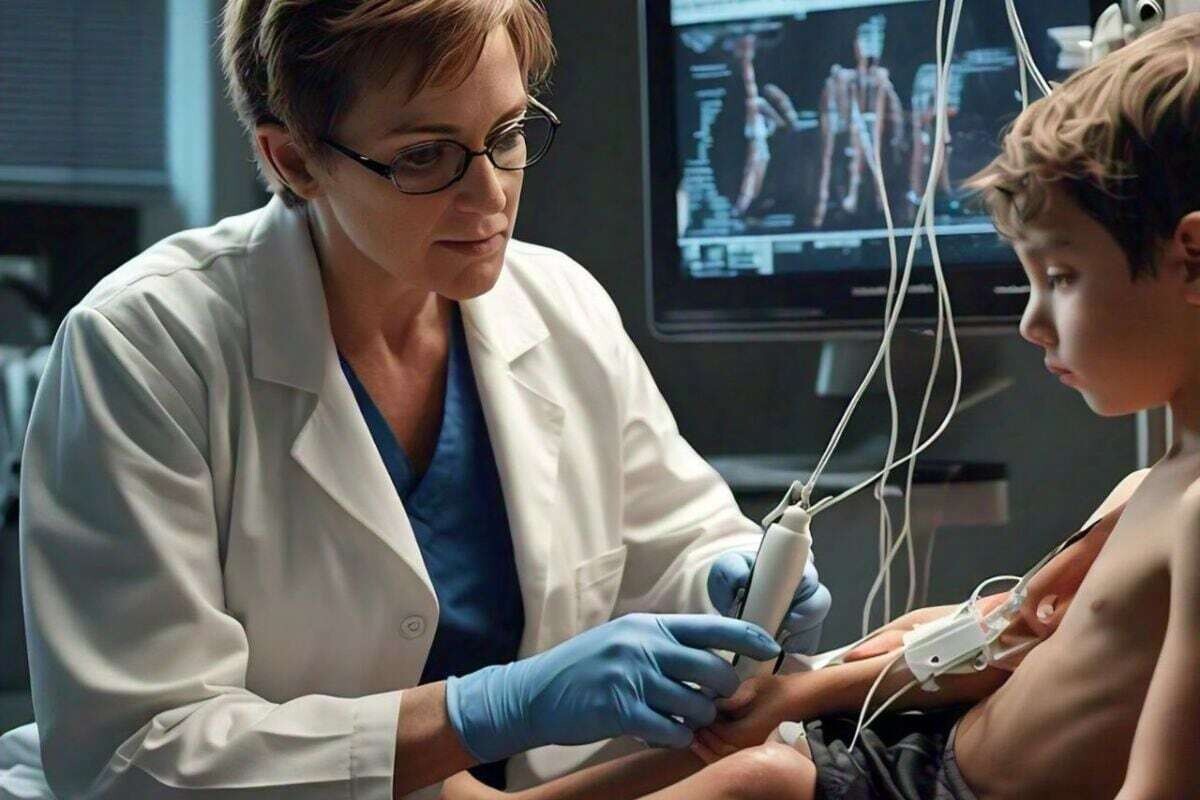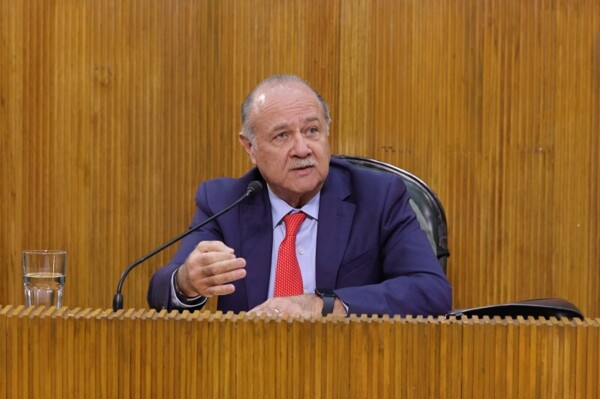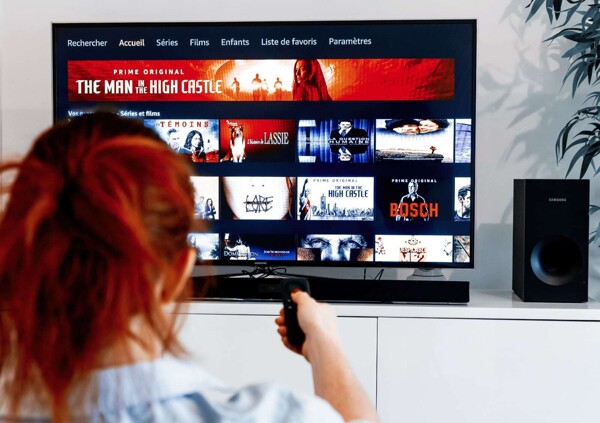
Cerebral palsy is a condition that severely affects motor development and the quality of life for millions of people worldwide. In Mexico, the prevalence is very high, with an incidence of 4.4 per thousand births, exceeding the global average. Michelle Hidalgo, responsible for robotics at the Pro Association for People with Cerebral Palsy (APAC), explained that this represents an increase in costs for families, reaching up to 10 times more expensive than raising a child with typical development.
Since 1970, APAC has worked to counteract the impact of this condition by providing specialized care through neurorobotics. The organization focuses on improving the mobility and quality of life for individuals with cerebral palsy and other neurological disorders. Neurorobotics has been beneficial for thousands of patients in Mexico by merging medical, social, and environmental efforts.
Cerebral palsy, which originates in the developing brain, causes difficulties in posture, balance, and coordination, affecting the movement and stability of those who suffer from it. APAC not only focuses on the treatment of cerebral palsy but also offers complementary therapies such as physical therapy, hydrotherapy, and massage therapy, aimed at improving the mobility and quality of life of patients.
At APAC, babies are evaluated from their first weeks of life to detect potential risks and begin timely treatments. In addition to the physical impact, the use of exoskeletons has a positive effect on the emotional and social well-being of children. APAC serves approximately 500 people with cerebral palsy and related disabilities daily, supported by 90 specialized services, including the neurorobotics area.
Neurorobotics has been beneficial for over 1,200 infants in Mexico. APAC aims for treatment with neurorobotics not only to consist of the use of advanced devices but also to offer comprehensive therapies for all ages. Despite the economic challenges in acquiring and maintaining these devices, APAC continuously works to make its services accessible through partnerships with companies and donors.
One of the main challenges faced by patients with cerebral palsy is spasticity, a condition in which the muscles are constantly tense due to a poor connection between the brain and the muscle. This condition can lead to deformities, contractures, and pain. Hidalgo highlighted that the use of devices like exoskeletons not only improves patients' posture but also influences their confidence and helps them face daily challenges more securely.
In two years since the introduction of the first exoskeleton and neurorobotic equipment in Mexico, APAC has benefited over 1,200 children, with the hope that in the near future, the use of robots in rehabilitation for disabilities will become common in Mexico and other Latin American countries.














